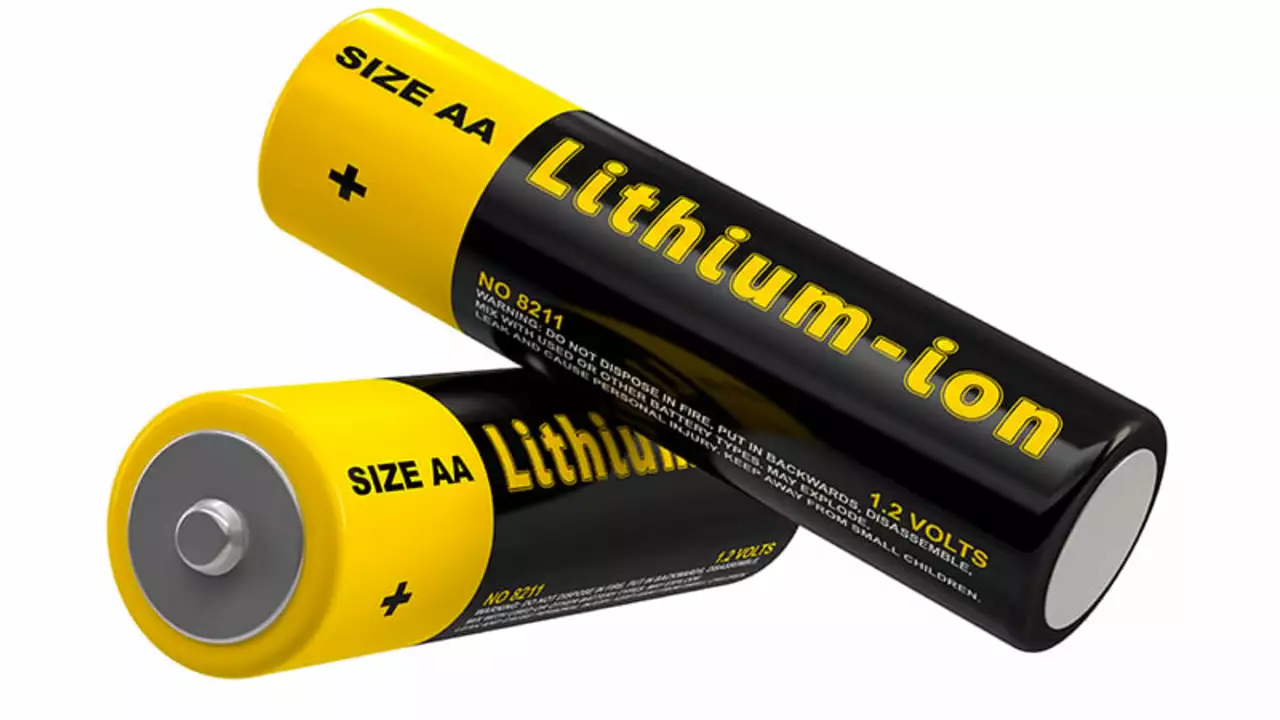Lithium-Ion Batteries: Smart Tips for Safe Use and Longer Life
Lithium-ion batteries power our phones, laptops, e-bikes, and electric cars. They hold a lot of energy for their size, but that energy means a small mistake can cause big problems. Want to keep your devices running longer and avoid fires or premature failures? These practical tips will help you charge, store, and handle lithium-ion packs safely.
Charging and daily use
Charge at the right speed. Fast charging is great when you’re in a hurry, but it heats the battery and shortens its life over time. If your device supports trickle or standard charging, use that for overnight top-ups. Don’t let the battery stay at 0% for long—deep discharge stresses the cells. Aim to keep charge between about 20% and 80% for everyday use when you want maximum longevity.
Heat is the enemy. High temperatures speed up wear and can trigger internal failures. Avoid charging in direct sun or leaving devices in hot cars. If your device feels unusually hot while charging, unplug it and move it to a cooler spot.
Storage, maintenance, and safety signs
If you store a battery for weeks or months, keep it at around 40% charge and in a cool, dry place. Storing fully charged batteries for long periods increases stress; storing fully drained packs risks irreversible capacity loss. Periodically check stored batteries and top them up to maintain that mid-level state of charge.
Watch for warning signs: swelling, unusual heat, strange smells, or sudden capacity drops mean the battery may be failing. Stop using swollen or hot batteries and dispose of them safely. Never puncture, crush, or expose a lithium pack to flames.
Use the right charger and follow manufacturer guidance. Cheap or mismatched chargers can deliver the wrong voltage or lack protections like over-current and over-voltage cutoffs. For DIY battery packs, include a proper battery management system (BMS). A BMS balances cells, prevents overcharge and over-discharge, and cuts power when things go wrong.
When thinking about replacement, check capacity (mAh or Wh), voltage, and C-rate (how fast the battery can safely charge/discharge). A higher C-rate supports heavier loads but may cost more. For e-bikes and power tools, match the pack’s specs to the motor’s needs. For phones and laptops, OEM or reputable third-party batteries are safer than unknown knockoffs.
Recycle used batteries—don’t throw them in the trash. Most electronics stores and local recycling centers accept lithium-ion packs. Proper recycling prevents fires in waste facilities and recovers materials like cobalt and lithium for reuse.
Final practical rule: treat batteries with respect. Keep them cool, avoid extreme charge levels for long stretches, use quality chargers, and retire packs that show physical damage. A little care today means fewer surprises and longer life for the gadgets you rely on every day.
Georgea Michelle, Jun, 26 2023
Prolonging the life of your lithium-ion batteries: Tips and best practices
In today's blog, we're going to discuss some tips and best practices for prolonging the life of your lithium-ion batteries. First, avoid exposing your batteries to extreme temperatures, as this can cause them to degrade faster. Second, try not to charge your battery to 100% or let it drain to 0%, as this can also shorten its lifespan. Third, remember to unplug your devices once they're fully charged, as leaving them plugged in can generate heat and cause damage. Lastly, store your batteries in a cool, dry place when not in use to keep them in optimal condition.
View More





